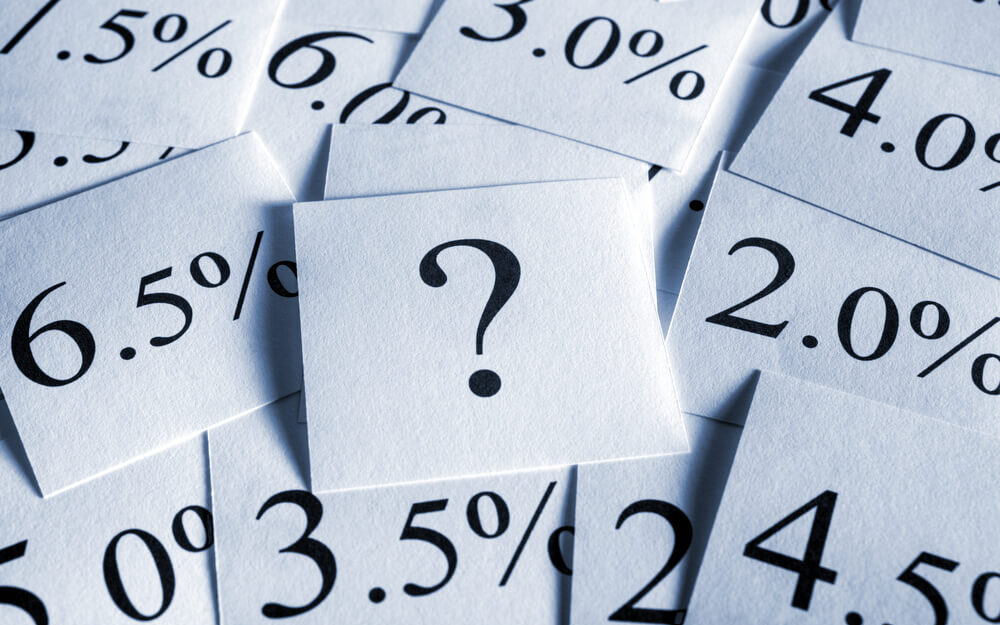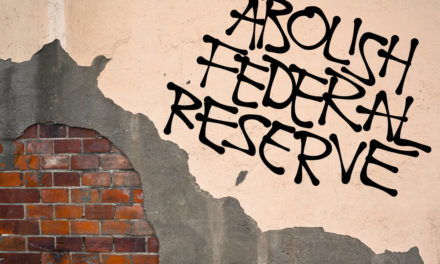The Federal Reserve is expected to send a clear message when its latest policy meeting ends Wednesday: Interest rates will likely stay ultra-low for the foreseeable future.
Behind that message is a view that has gained support at the Fed as the U.S. economic expansion has entered a record 11th year: That contrary to long-standing thinking, a robust job market won’t necessarily fuel high inflation. This view has freed the Fed’s policymakers to keep their benchmark short-term interest rate low.
The unemployment rate is just 3.5%, the lowest in 50 years. And yet inflation is still below the Fed’s 2% target level.
The Fed has cut its benchmark short-term rate three times this year to a range of just 1.5% to 1.75%. Chairman Jerome Powell has described those cuts as “insurance” intended to offset the drags from the prolonged U.S.-China trade war and a global economic slowdown.
But economic data also suggest that the cuts reflect the Fed’s evolving views. The economy increasingly appears unable to handle higher rates. The Fed tightened credit four times last year. And its final rate hike, coupled with a projection that two more increases were coming this year, sent stock markets plunging. The market’s fear also reflected concerns that the Fed was selling off too much of its Treasury portfolio, which can send interest rates up.
Persistently low inflation and steady if sluggish economic growth have led many Fed officials to rethink their view of the so-called “neutral rate.” This is the point at which the Fed’s key rate is believed to neither accelerate economic growth nor restrain it. The neutral rate typically shouldn’t change very often or very much. But the Fed’s policymakers estimate that the neutral rate is now 2.5%, down from 3% as recently as September 2018.
And Fed Vice Chair Richard Clarida suggested last month that full employment — the lowest rate that the Fed thinks the jobless rate can go before it starts escalating inflation — could be as low as 3.6%. A year ago, the Fed thought it was 4.4%.
Powell acknowledged in a speech last month that the declines in such estimates were among the justifications for this year’s three rate cuts.
“They provided another reason why a somewhat lower setting of our policy interest rate might be appropriate,” he said.
That means that those rate reductions weren’t just about responding to temporary economic weakness as a result of Trump’s trade conflicts. They were also about setting rates at a more sustainable level. Even if the economy were to improve — as last week’s robust jobs report for November suggests it may — the Fed seems unlikely to reverse this year’s rate cuts any time soon.
In fact, economists expect the Fed on Wednesday may again lower its estimates of full employment and the neutral rate to better reflect how low unemployment and inflation have remained. Its official forecasts still say that full employment is reached when the unemployment rate is at 4.2%. It hasn’t hit that level for nearly two years.
“The economy has been able to operate at a much lower unemployment rate and lower short-term interest rates than anyone ever imagined possible without generating inflation,” Diane Swonk, chief economist of consulting firm Grant Thornton, said. “It’s time for the Federal Reserve to eat humble pie and acknowledge that.”
Most economists also forecast that when the Fed releases its quarterly economic and interest rate projections Wednesday, they will show that the policymakers foresee no rate hikes next year.
Powell had set a high bar for a rate hike at his last news conference, when he said, “We would need to see a really significant move up in inflation that’s persistent before we would consider raising rates.”
In October, prices rose just 1.3% from a year earlier, according to the Fed’s preferred measure, well below its 2% target.
Rate hikes “are a couple of years away,” predicted David Berson, chief economist for Nationwide Financial.
“They’ll be a little more gun-shy, ” Berson added. “They don’t want to flip-flop on policy again.”
The perception that any rate hikes are a long way off has helped underpin the stock market’s gains in recent weeks. On Friday, when the government reported strong job gains and a dip in the unemployment rate to 3.5%, stock prices jumped.
Hiring in November was the strongest this year, which reinforced the notion that the Fed won’t need to cut rates anytime soon. The Fed reduces rates when it feels it needs to boost borrowing and spending.
Fed policymakers will also likely spend time at their two-day meeting discussing their efforts to stabilize short-term lending in money markets. In late September, overnight lending markets seized up, and banks and other financial institutions struggled to find short-term loans. This problem briefly lifted the Fed’s benchmark rate out of its target range.
To prevent that from happening again, the Fed announced in October that it would buy billions each month in Treasury bills. Such purchases boost banks’ cash reserves and make more money available for short-term lending.
The Fed has also provided additional liquidity through temporary overnight and other short-term loans. Together, the operations have increased the Fed’s balance sheet $300 billion.
Powell maintains that the purchases are intended to improve the functioning of the financial system, and not to lower rates. That makes it different, he says, from the Fed’s massive bond purchases during the Great Recession and its aftermath, when the central bank sought to drive down long-term borrowing rates to stimulate spending and economic growth.
Still, Julia Coronado, chief economist at MacroPolicy Perspectives, says the purchases of Treasury bills mean the Fed is now moving in the same direction with its balance sheet as with its interest rate policy. It makes sense to add more cash to reserves, which can encourage lending, at the same time that interest rates have been reduced.
“To me they go hand in hand,” Coronado said. “It’s a bigger deal than what they want to say it is.”
© The Associated Press. All rights reserved.




